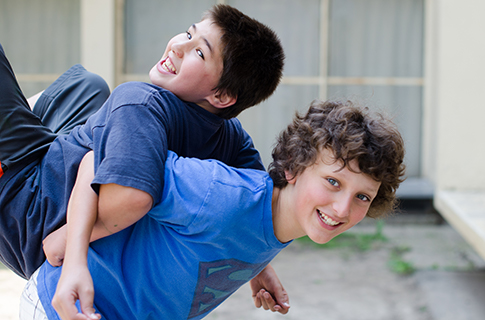Type and Purpose of Learning
Physical play provides students with the opportunity to engage in learning tasks that link mind and body. Students are cognitively engaged in the learning and use spatial skills to help them remember verbal information (Norfleet-James et al, 2011). When students have the opportunity to run, jump and move, they engage in physical play. Physical play has a social nature because it involves other students. Being physically active and having a positive attitude toward physical activity affects lifelong quality of life: good physical health, positive mental health and beneficial social relationships.





